
For SpaceUpClose.com & RocketSTEM
CAPE CANAVERAL, FL – After 64 days in space on the history-making first human spaceflight launch to space from US soil in nine years the two-man veteran crew of NASA astronauts Robert Behnken and Douglas Hurley undocked from the International Space Station (ISS) as planned this evening Saturday, Aug. 1 inside their SpaceX Demo-2 Crew Dragon Endeavour test vehicle and return to Earth tomorrow afternoon Sunday Aug. 2 for the 1st splashdown of Americans from space in 45 years.
Officials decided to retarget the primary splashdown zone to the coast of Pensacola in the Gulf of Mexico and Florida’s West Coast and away from Florida’s eastern coastline because of the impending approach of Hurricane Isaias off the US East Coast. Initially NASA and SpaceX targeting an ocean landing zone from stretching from Cape Canaveral to Jacksonville to Florida’s West Coast in the Gulf of Mexico.
The critical Crew Dragon truck separation and deorbit burns are slated for 1:51 and 1:56 p.m. ET (1751 and 1756 GMT) Aug. 2 respectively to start the fiery reentry and return to Earth less than an hour later – culminating in splashdown.
Splashdown of Crew Dragon “Endeavour” spacecraft in the Gulf of Mexico is targeted at 2:48 p.m. EDT (1848 GMT) Sunday afternoon Aug. 2.
Watch live on NASA TV and the agency’s website for live all day coverage of the 2:48 p.m. (1848 GMT) splashdown Aug. 2.
The secondary splashdown zone is near Panama City with Go Navigator as the recovery vessel to retrieve the SpaceX Crew Dragon Endeavour capsule and astronauts Benhken and Hurley from the sea waters.

NASA TV provided live and continuous coverage of the entire undocking campaign Saturday afternoon and evening
Behnken and Hurley boarded Dragon Saturday afternoon after a farewell ceremony with the entire 5 man crew of Russians and Americans.

Then they and the Expedition 63 crewmates remaining on board led by Commander Chris Cassidy of NASA closed the hatches between the two ships from both sides.
After donning their pressure suits, conducting leaks checks and confirming the health of the spacecraft the NASA/SpaceX team gave the “GO” to proceed with undocking and initiated commands at 7:30 p.m. EDT (2330 GMT) to open the set of 12 bolts holding the ships firmly together on the docking mechanism and release Crew Dragon for physical separation from the Harmony module where it spent the past two months attached.
“We are GO to proceed with undocking!:” NASA Administrator Jim Bridenstine tweeted.
https://twitter.com/JimBridenstine/status/1289702960704806912
https://twitter.com/JimBridenstine/status/1289702960704806912
“We are ‘GO’ for undocking of the @SpaceX Dragon Endeavour from @Space_Station. Our #LaunchAmerica crew aboard the spacecraft confirms their visors are down, and they are ready for departure,” NASA tweeted.
We are 'GO' for undocking of the @SpaceX Dragon Endeavour from @Space_Station. Our #LaunchAmerica crew aboard the spacecraft confirms their visors are down, and they are ready for departure: pic.twitter.com/otZPvYH18w
— NASA (@NASA) August 1, 2020
Finally Crew Dragon Endeavour fired thrusters and undocked at 7:35 p.m. EDT (2335 GMT) and gracefully and gently pulled away from the orbiting research complex.
“Separation confirmed. Dragon performing 4 departure burns to move away from the @Space_Station,””SpaceX confirmed
Separation confirmed. Dragon performing 4 departure burns to move away from the @Space_Station pic.twitter.com/ea14fozdO8
— SpaceX (@SpaceX) August 1, 2020
Altogether Crew Dragon performed 4 separation burns to undock and depart the station for the trip home.
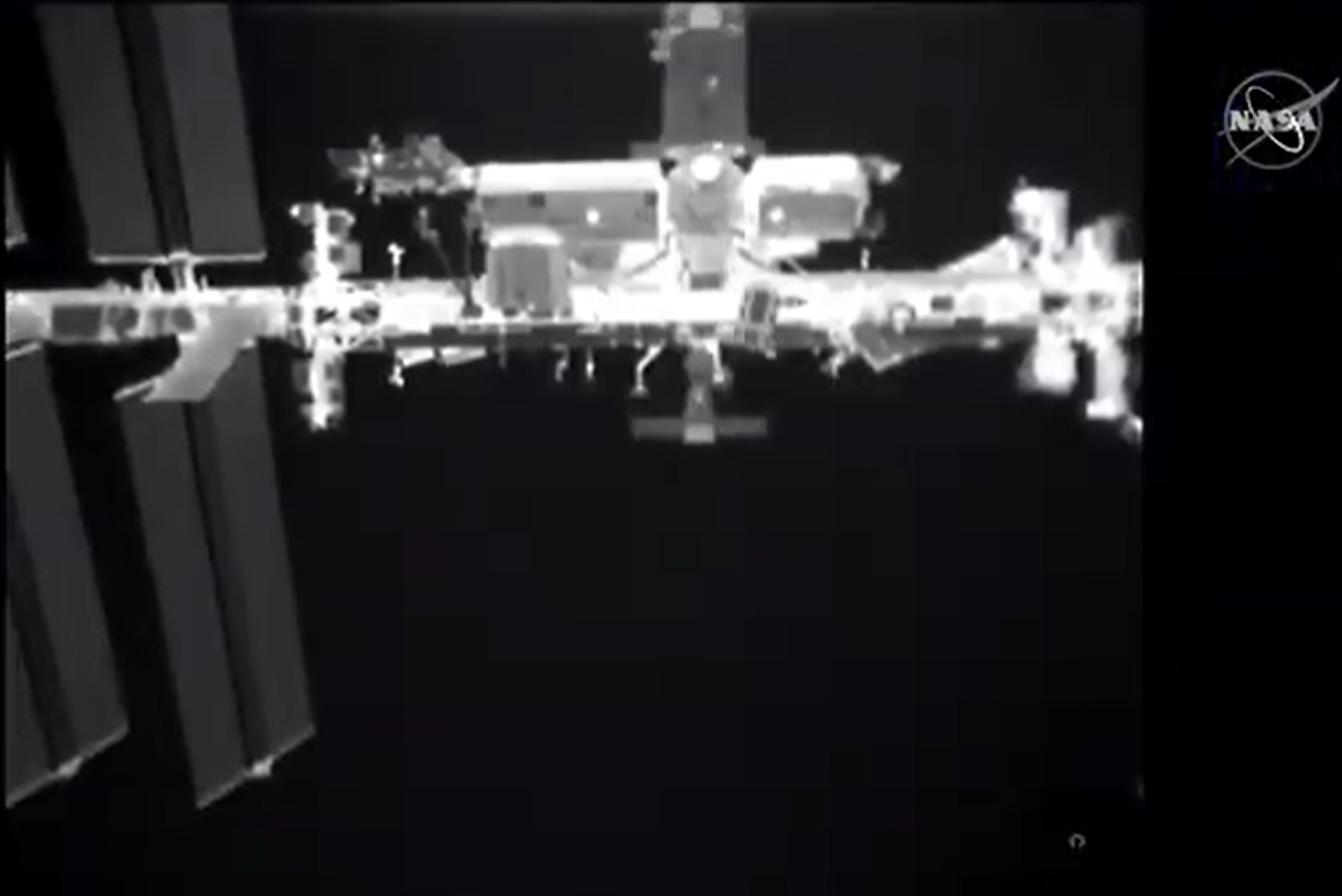
Here’s the live view inside Crew Dragon as ISS undocking took place.
“The view from inside the @SpaceX Dragon Endeavour, as @AstroBehnken & @Astro_Doug monitor their departure from @Space_Station:” reported NASA.
The view from inside the @SpaceX Dragon Endeavour, as @AstroBehnken & @Astro_Doug monitor their departure from @Space_Station: pic.twitter.com/Dp2nmgG0RM
— NASA (@NASA) August 1, 2020
Here photos of the departure burn from NASA’s Chris Cassidy
“This photo captured one of thrusters burning seconds after the hooks were released and physical separation from the @Space_Station. It has been a pleasure and honor to serve on the ISS with @AstroBehnken & @Astro_Doug. Safe return to earth my friends! #LaunchAmerica #LandAmerica,”: tweeted Chris Cassidy.
This photo captured one of thrusters burning seconds after the hooks were released and physical separation from the @Space_Station. It has been a pleasure and honor to serve on the ISS with @AstroBehnken & @Astro_Doug. Safe return to earth my friends! #LaunchAmerica #LandAmerica pic.twitter.com/G8hRSkCwnw
— Chris Cassidy (@Astro_SEAL) August 2, 2020
And Hurley expressed his thanks to Cassidy and the two Russian Crewmates Anatoly Ivanishin and Ivan Vagner. They remain aboard until October.
“It was an honor and privilege to be part of Expedition 63. Thanks to @Astro_SEAL, Anatoly, & @ivan_mks63 for making our stay on @Space_Station an incredible experience. Now it’s time to finish our DM-2 test flight in order to pave the way for future Dragon crews. Go Endeavour!” Hurley tweeted.
It was an honor and privilege to be part of Expedition 63. Thanks to @Astro_SEAL, Anatoly, & @ivan_mks63 for making our stay on @Space_Station an incredible experience. Now it's time to finish our DM-2 test flight in order to pave the way for future Dragon crews. Go Endeavour! https://t.co/9zTMPhc7kw
— Col. Doug Hurley (@Astro_Doug) August 2, 2020
‘Two very small engine burns separated Crew Dragon from the station, and the spacecraft is slowly maneuvering away from the orbital laboratory into an orbital track that will return the astronaut crew and its cargo safely to Earth,” said NASA.

“Once flying free, Dragon Endeavour will autonomously execute four departure burns to move the spaceship away from the space station and begin the flight home.”
The four departure burns were conducted at 7:35, 7:40, 8:27 and 9:14 p.m. ET respectively

“Astronauts Robert Behnken and Douglas Hurley, traveling aboard the spacecraft they named “Endeavour,” will spend one more night in space before beginning their journey back to Earth on Sunday in the first return of a commercially built and operated American spacecraft carrying astronauts from the space station.”
With Endeavour on the path home, the astronauts were able to sleep for some six to eight hours
“While they’re asleep, a six-minute departure phasing burn at 1:48 a.m. Sunday, Aug. 2 will set the Dragon Endeavour on the proper orbital path to a planned splashdown in the Gulf of Mexico off the coast of Pensacola, Florida.”
Here’s the NASA timeline for return activities (all times Eastern):
- 1:51 p.m. – Crew Dragon performs claw separation. The claw is located on Crew Dragon’s trunk, connecting thermal control, power, and avionics system components located on the trunk to the capsule.
- 1:51 p.m. – Trunk separation
- 1:56 p.m. – Deorbit burn begins
- 2:08 p.m. – Deorbit burn complete
- 2:11 p.m. – Nosecone deploys
- 2:32 p.m. – Crew Dragon maneuvers to attitude for re-entry
- 2:44 p.m. – Drogue parachutes deploy at about 18,000 feet in altitude while Crew Dragon is moving approximately 350 miles per hour.
- 2:45 p.m. – Main parachutes deploy at about 6,000 feet in altitude while Crew Dragon is moving approximately 119 miles per hour.
- 2:48 p.m. – Splashdown

A crew of about 44 personnel is abroad GO Navigator including medical personal – to retrieve and recover the capsule and astronauts on board with a hydraulic lift.
Behnken and Hurley will depart with roughly an hour by helicopter for medical check and make there way back by jet to Mission Control at NASA’s Johnson Space Center in Houston, Texas.
The gumdrop shaped Crew Dragon measures around 13 feet (4 meters) in diameter and 16 feet (5 meters) tall.
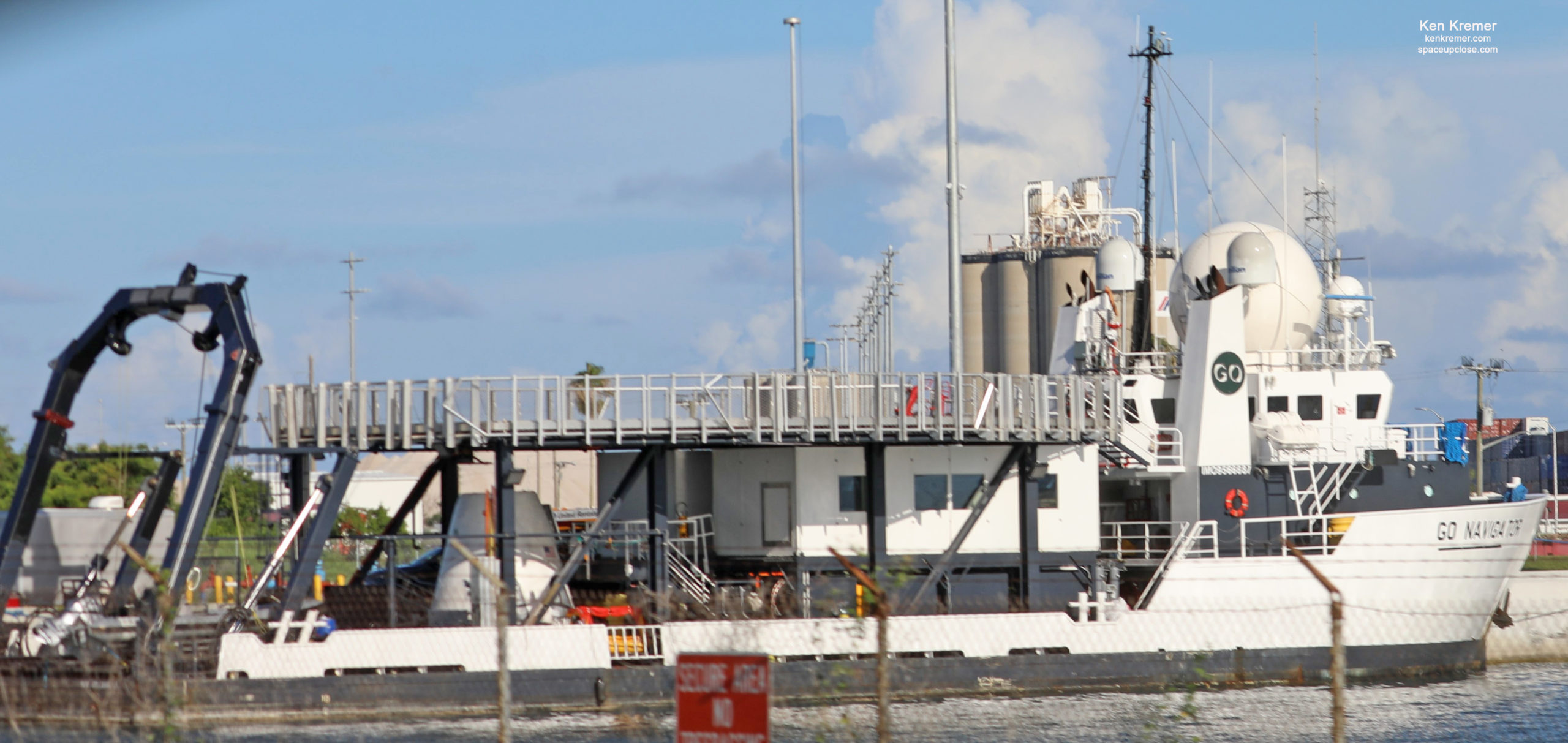
During their 63 days aboard station, Behnken and Hurley conducted over 120 hours of research time to support the orbiting laboratory’s investigations, participated in public engagement events.
Furthermore Behnken and Cassidy carried out four critical spacewalks to install new Li-ion batteries in the station’s power grid and swap out older ones to upgrade power systems and other station hardware.
The Demo-2 mission also marks the first piloted return of a SpaceX Crew Dragon – a flight of many historic firsts already including the first launch of US astronauts from US soil on US rockets in 9 years
The NASA and SpaceX teams have seven splashdown zones to choose from on the East and Gulf coasts of Florida.
If all goes as planned Behnken and Hurley will have spent 64 days in orbit or just over two months.
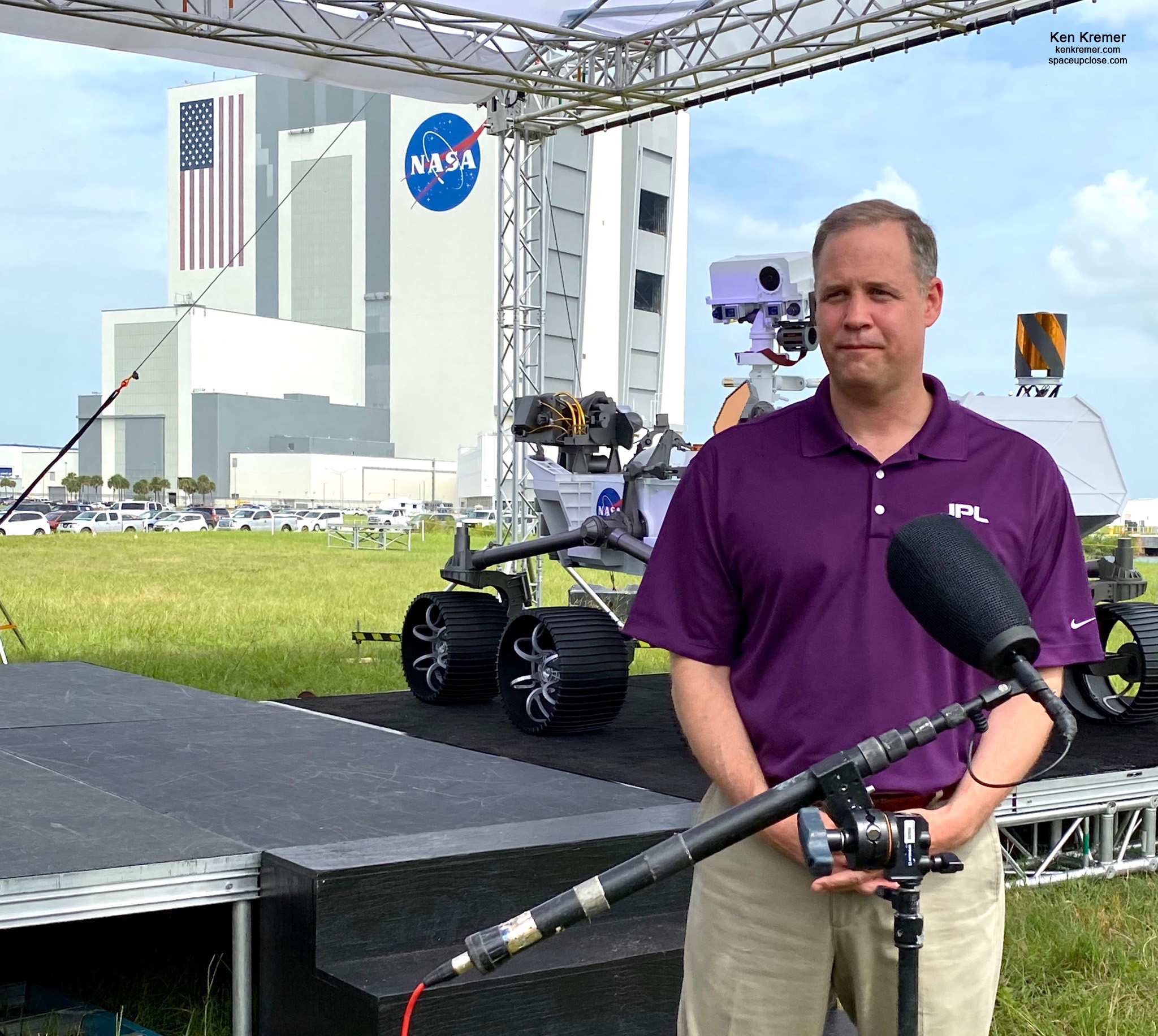
The last US splashdown occurred almost exactly 45 years ago on the historic Apollo Soyuz test flight on July 24, 1975 – the first international joint mission and handshake in space between the US and the then Soviet Union that absolutely paved the way to international cooperation culminating in the International Space Station.
The historic Demo-2 test flight mission began with the beautiful and flawless blastoff of the SpaceX Crew Dragon spacecraft carrying NASA veteran astronauts Robert Behnken and Douglas Hurley lifting off at 3:22 p.m. EDT Saturday, May 30, on the company’s Falcon 9 rocket from Launch Complex 39A at NASA’s Kennedy Space Center in Florida bound for the International Space Station (ISS) – to the cheers of tens of thousands of spectators gathered from around America and three days after dismal weather forced a scrub of the first attempt on Wednesday.
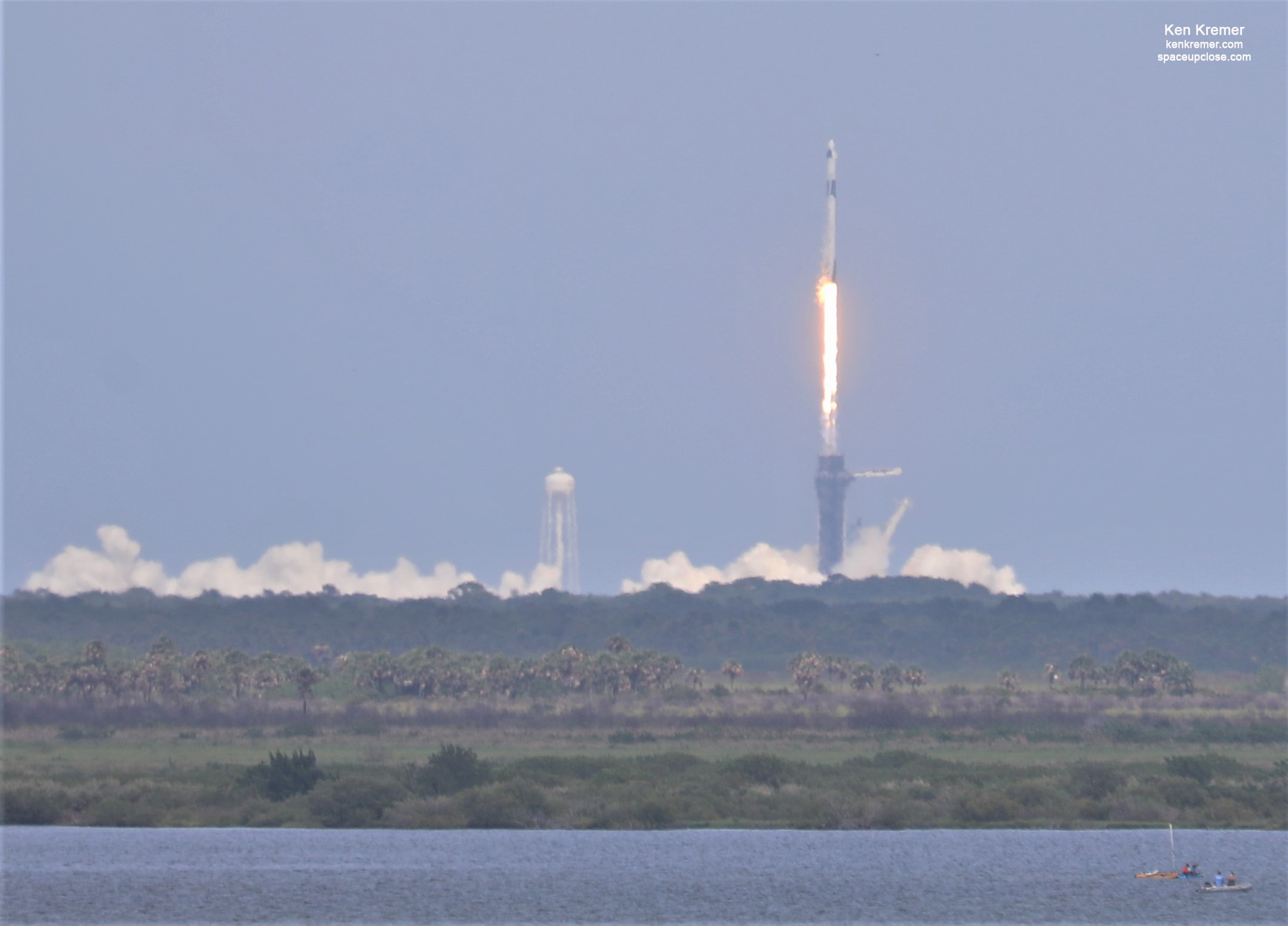
Behnken and Hurley flying aboard the commercial SpaceX Crew Dragon Endeavour safely docked at the ISS Sunday morning, May 31, just 19 hours after the first human launch from US soil for the first time in nine years on a history making and flawless blastoff from the Florida Space Coast.
The next crewed launch of a SpaceX Crew Dragon on the 1st crew rotation mission to the ISS is planned for NET late September 2020 on the Crew-1 flight.
That’s if all goes well after teams thoroughly check all systems aboard Endeavour to ensure its safety and operability.
NASA needs a minimum of 6 weeks to certify the SpaceX Crew Dragon vehicles are safe and ready for future human spaceflight missions.
A crew of 4 astronauts from NASA and Japan have already been announced and are in training for the Crew-1 mission launching from the Kennedy Space Center pad 39A.
Watch Ken’s continuing reports about Commercial Crew and Artemis and onsite for live reporting of upcoming and recent SpaceX and ULA launches including Demo-2, Starlink, X-37B, Solar Orbiter, Mars 2020 and more at the Kennedy Space Center and Cape Canaveral Space Force Station.
Stay tuned here for Ken’s continuing Earth and Planetary science and human spaceflight news: www.kenkremer.com –www.spaceupclose.com – twitter @ken_kremer – email: ken at kenkremer.com
Dr. Kremer is a research scientist and journalist based in the KSC area, active in outreach and interviewed regularly on TV and radio about space topics.
………….
Ken’s photos are for sale and he is available for lectures and outreach events
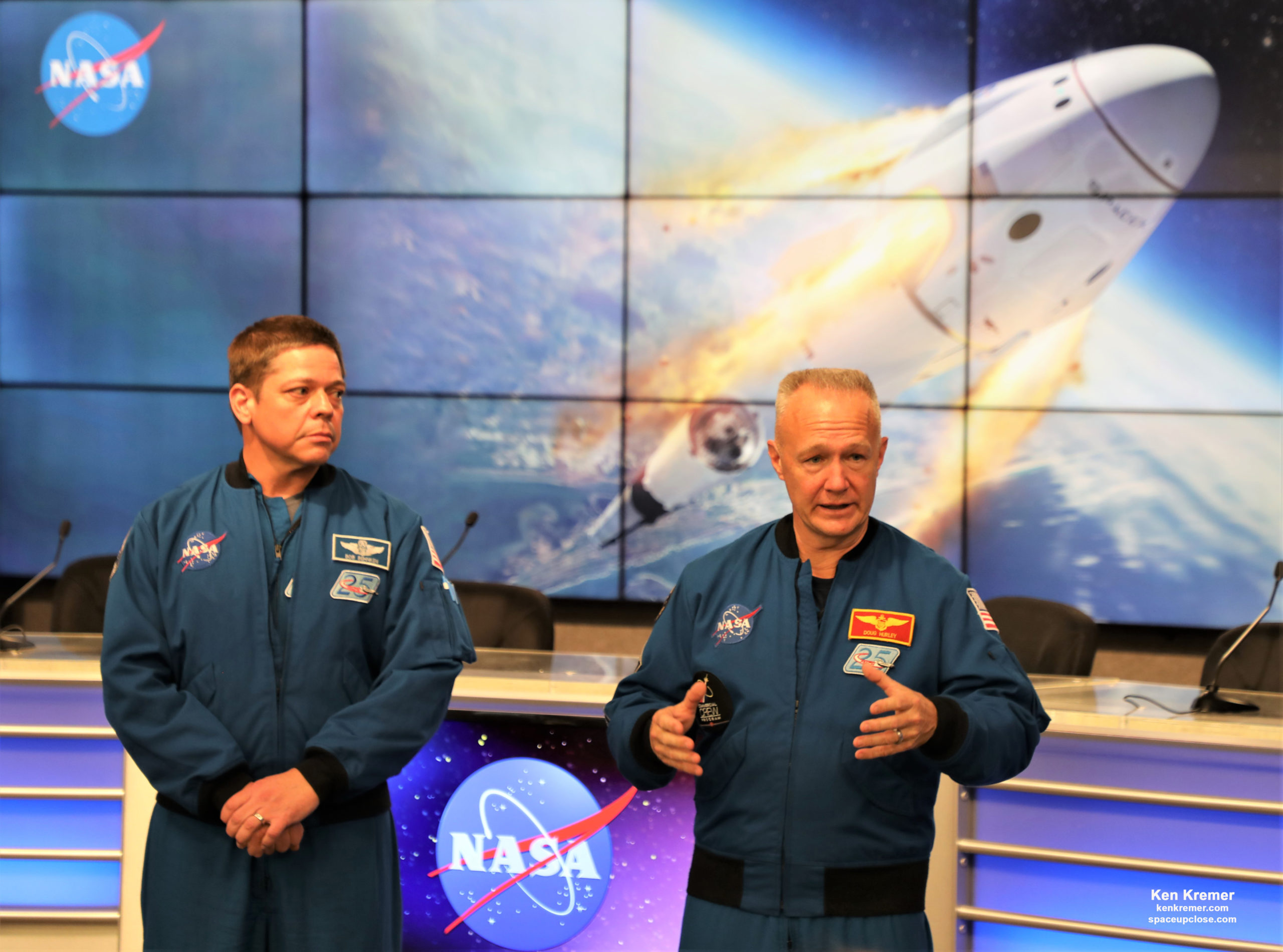
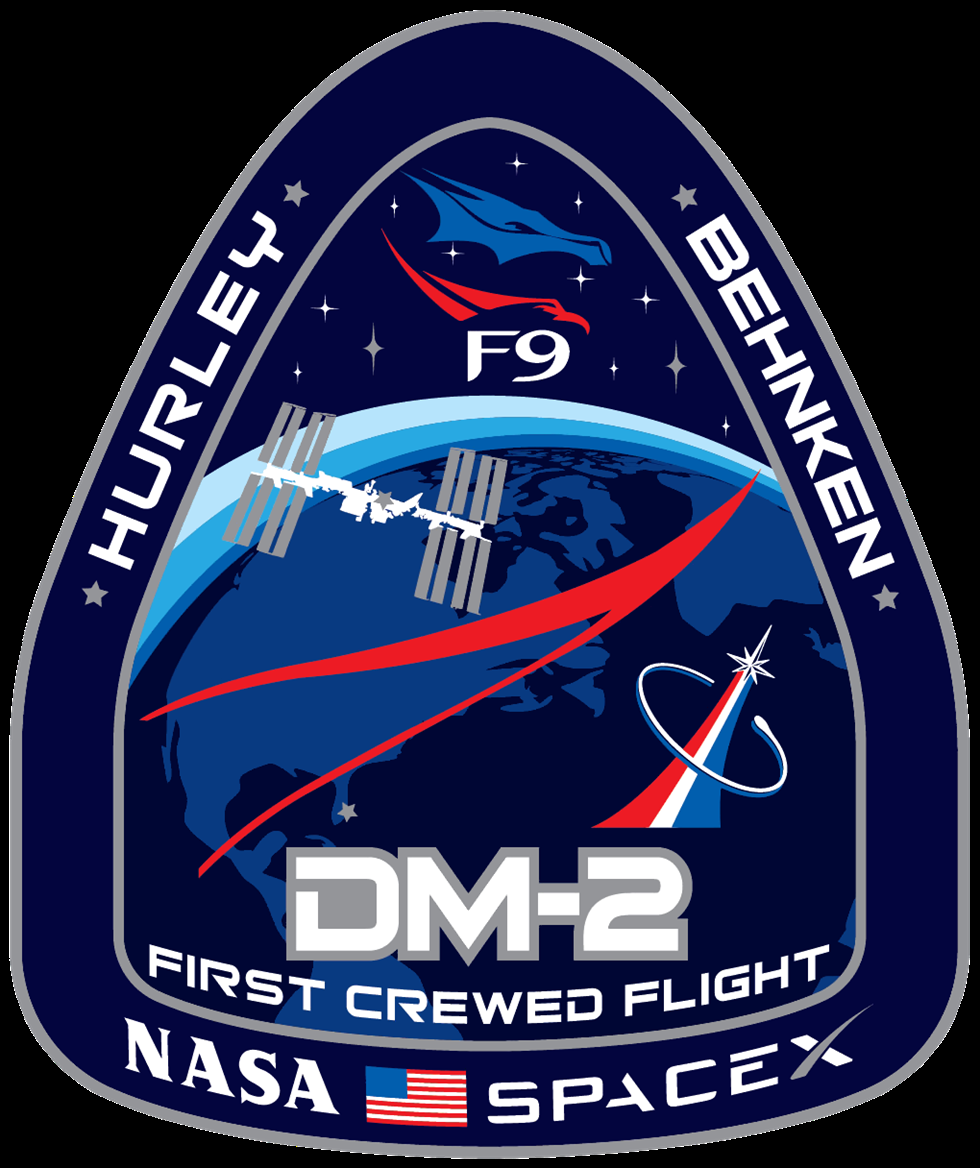
x



